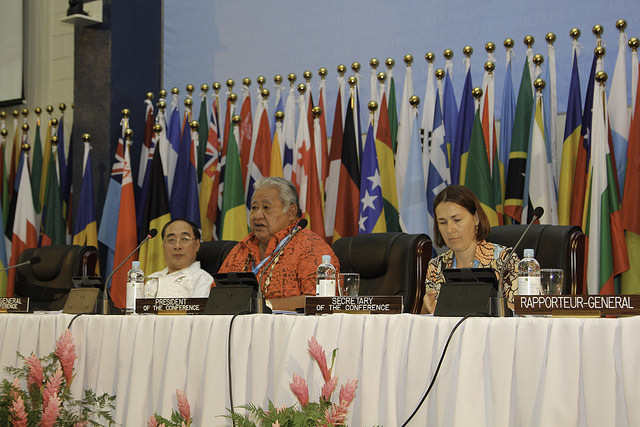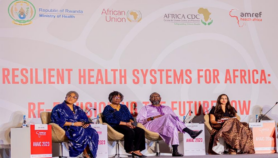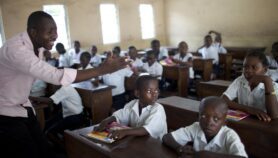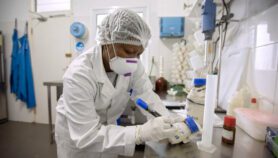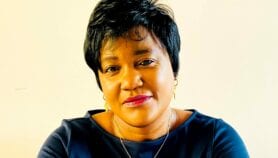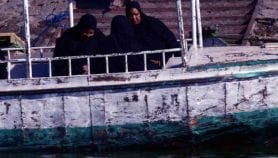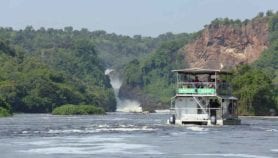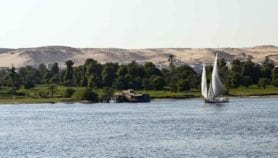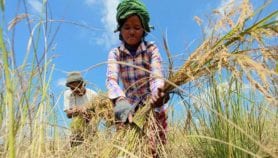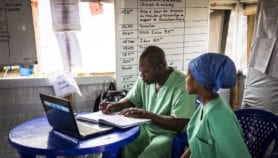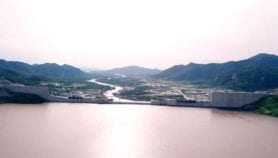Send to a friend
The details you provide on this page will not be used to send unsolicited email, and will not be sold to a 3rd party. See privacy policy.
By all indications the UN-led Third Conference on Small Island Developing States (SIDS) in Samoa from 1-4 September was, in the words of its organisers, a “shining success”.
The four-day talkfest was the biggest international conference ever held in the Pacific, bringing close to 4,000 delegates to Samoa. It brought together 115 countries — represented by 21 heads of state and 97 ministers — plus six associate members of regional commissions and 548 civil society organisations. [1]
Most important, the conference brought some US$1.9 billion worth of partnerships under the SIDS Accelerated Modalities of Action (SAMOA) Pathway, the conference outcome document. Nearly 300 partnerships were forged between governments, business and civil society organisations from all over the world to support SIDS.
“Never before have multi-stakeholder partnership dialogues been so integral to a UN Conference… The understanding that achieving sustainable development is a joint endeavour by all is reflected in this approach. I believe it is the approach of the future,” says SIDS secretary-general Wu Hongbo.
The partnerships address the crucial issues facing SIDS — sustainable development, climate change, disaster resilience, environmental protection, access to energy and social development, among others.
What next?
After that initial accord, where do we go now?
Pardon me if I sound cynical, but I have witnessed hundreds of conferences marked by impassioned speeches and ending with communiques outlining follow-up action. Decades later, the problems remain the same, if not worse.
We have been talking seriously about managing climate change for more than 30 years now, and still the climate gets warmer year after year.
Notes the Samoa Observer: “While it’s easy to get lost and become totally overwhelmed by the emotions and magnitude of the issues…the reality of life for small island states must never be forgotten. It’s quite scary in fact. Our islands are slowly but surely sinking. Coastal erosion and sea level rise are becoming more menacing with each single day…For those of us living in these small island states, the world cannot continue to treat these issues as business as usual. This is our reality, a matter of survival.” [2]
I fully agree with this reservation. Probably, this is the same reservation of millions of people living in these 20 small island states of the Pacific and in other small island states of the world.
We talk too much. It is ironic that as conferences get larger and promise more financial resources to tackle problems, these problems become bigger in the years between conferences. Sometimes we wonder, what is the point?
Some 20 years ago, the SIDS organisation was born. At its first conference in the Bahamas in 1994, it agreed on the Barbados Programme of Action to collectively tackle the problems facing small island states.
The adoption of the Mauritius Strategy of Implementation followed in 2005. This recognised financial constraints in the implementation of the Barbados plan, particularly a decline in official development assistance (ODA).
The question today is whether life for people living in these island states has improved or deteriorated since these two UN conferences decades apart. What progress has been made so far and can we measure it?
Perhaps I’m too harsh when I say, stop talking. After all, we learn by talking about our problems. But what happens when we only talk for the sake of talking?
New concepts and strategies
“The time for speeches is over,” Samoan prime minister Tuilaepa Lupesoliai Sailele Malielegaoi said in his closing statement at the SIDS conference. “We must now set sail with determination that the course of action we have chartered here…will be delivered to achieve our priorities.” [3]
Indeed, we are inspired by the prime minister’s lovely metaphor: it is now time to set sail.
Novel ideas came out of the conference which inspires us that this time around the SIDS can make a dent in the problems that confront them.
For one, we are wiser in concepts and strategies for development. In the old days, outside aid came into these developing states, mostly from governments and NGOs.
Today, we have the concept of sustainable development that takes into account environmental and social considerations. The UN has invited the private sector to come in and help with the development of these states, with the legitimate incentive of profit and with the efficiency for which business is known.
This ties in with the concept of public-private partnership, where the process of planning and implementing development has changed from simply consulting stakeholders to getting them involved in robust partnerships.
The new concept also involves coming up with innovative financing mechanisms beyond ODA and World Bank loans. But more important than concepts are follow-up action and implementation.
Time for action now
We see a positive spin when we hear Wu Hongbo announce a concrete and time-bound road map, including a “monitoring and accountability mechanism to review progress in implementation; an integrative intergovernmental review process through the UN; and strategic North-South, South-South partnerships.”
We are heartened to hear that on the critical issue of financing, the SIDS conference recommendations will be taken up in the Third International Conference on Financing for Development slated at Addis Ababa in July 2015.
We are glad that SIDS members in the UN are pushing a legally binding global climate change agreement in Paris next year.
The end of the SIDS conference starts the countdown to the UN Climate Summit this 23 September in New York, signaling what UN secretary-general Ban Ki-moon calls the “drum roll of action” for a global climate change treaty.
The SIDS Accelerated Modalities of Action Pathway has two key words: accelerated action. Let’s go for it.
> Link to the 2014 UN Conference on Small Island Developing States
This article has been produced by SciDev.Net's South-East Asia & Pacific desk.
References
[1] Samoa Observer Shining success (5 September 2014)
[2] Mata’afa Keni Lesa It really is a matter of life and death (Samoa Observer, 5 September 2014)
[3] UN News Centre Samoa: Small islands conference leaves ‘legacy with impact’–UN (4 September 2014)


